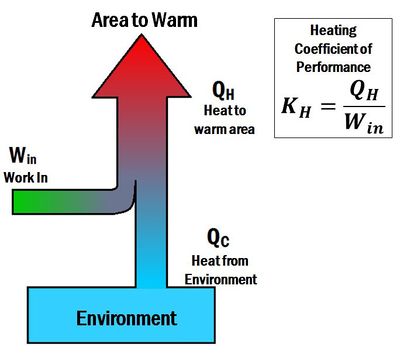

The good safety of nuclear in developed countries goes hand in hand with its costly regulatory environment, the risk for catastrophic breakdown of nuclear facilities is managed not by technically proficient design but by oversight and rules, which are expensive yes , but they also need to be because the people running the plant are it’s weakest link in terms of safety.
Now we are entering potentially decades of conflict and natural disaster and the proposition is to build energy infrastructure that is very centralized, relies on fuel that must be acquired, and is in the hands of a relatively small amount of people, especially if their societal controll/ oversight structure breaks down. It just doesn’t seem particularly reasonable to me, especially considering lead times on these things, but nice meme I guess.













Olive oil, balsamic vinegar, the not smooth kind of mustard, honey or syrup, onion, salt and pepper.
Or mostly the same but swap mustard for chilli paste (gochujang or samba olek) and the olive oil for toasted sesame oil, maybe also swap to different vinegar but balsamic still works.